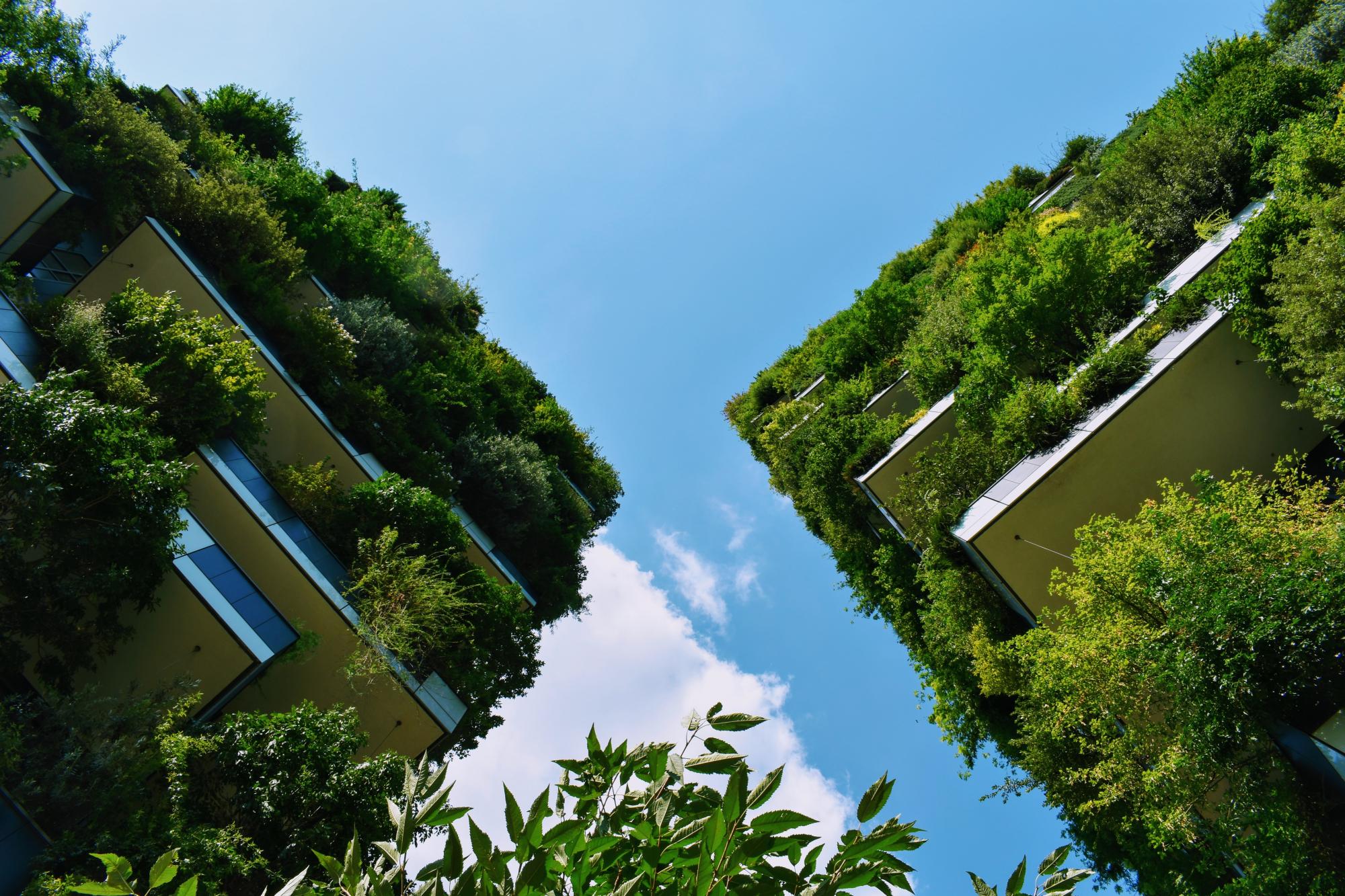Initiated by the City Administration, NGOs and citizen groups, public funds have in recent years been used alongside partnerships with local businesses, landowners and citizen initiatives to invigorate the East Quarter. This initiative was proposed through the redesign, extension and new development of parks, greening and communal use of vacant plots, the establishment of new urban forests, the setting up of new communal gardens, and the planning and partial implementation of a green corridor for cyclists and pedestrians. Within this large project, three NBS areas actively contributed to the improvement of the Quarter: Querbeet, Bunte Gärten and Parkbogen Ost (1). Querbeet is a community garden in the Eastern district of Leipzig, formed in 2012. The garden is lead by democratic self-governance principles where the focus is on shared space, with a focus on enhancing cultural interactions and encouraging active citizenship (1). Since 2017, the plot of the garden has reduced, however, the non-profit organisation formed two new gardens: a community garden and a school garden where environmental education the main activity (2) Bunten Garten (Colorful Garden) is a community garden and registered refugee aid association that aims to bring residents and refugees together (3) The garden was revived in 2015, and since offers opportunities for recreation, wellbeing and informal support to refugee families (1). Parkbogen Ost is a scheme focusing on developing unused railway tracks as an arch-shaped, green mobility corridor running along the perimeters of much of Leipzig’s East Quarter and connecting the quarter’s green spaces and providing easier access, by foot or bike, to the city centre as well as to surrounding areas. (1, 4)
Overview
Nature-based solution
- Parks and urban forests
- Pocket parks/neighbourhood green spaces
- Green corridors and green belts
- Community gardens and allotments
- Allotments
- Community gardens
Key challenges
- Green space, habitats and biodiversity (SDG 15)
- Green space creation and/or management
- Environmental quality
- Air quality improvement
- Noise reduction
- Regeneration, land-use and urban development
- Promote natural styles of landscape design for urban development
- Inclusive and effective governance (SDG 16)
- Effective management
- Health and well-being (SDG 3)
- Creation of opportunities for recreation
- Sustainable consumption and production (SDG 12)
- Sustainable production
Focus
Project objectives
Implementation activities
Main beneficiaries
- Citizens or community groups
- Marginalized groups: Refugees, asylum seekers, and migrants
Governance
Management set-up
- Co-governance with government and non-government actors
Type of initiating organisation
- Citizens or community group
Participatory approaches/ community involvement
- Consultation (e.g. workshop, surveys, community meetings, town halls)
- Joint implementation (e.g. tree planting)
- Co-management/Joint management
- Citizen oversight (e.g. boards, advisory)
Details on the roles of the organisations involved in the project
Project implemented in response to ...
Financing
Total cost
Source(s) of funding
- EU funds
- Public national budget
- Public local authority budget
- Corporate investment
- Funds provided by non-governmental organization (NGO)
- Private Foundation/Trust
- Crowdfunding
Type of funding
- Earmarked public budget
- Direct funding (grants, subsidies, or self-financed projects by private entities)
- Loan
Non-financial contribution
- Provision of labour
- Citizens (e.g. volunteering)
Impacts and Monitoring
Environmental impacts
- Climate change
- Lowered local temperature
- Green space and habitat
- Promotion of naturalistic styles of landscape design for urban development
- Increased green space area
- Restoration of derelict areas
Economic impacts
- Stimulate development in deprived areas
Socio-cultural impacts
- Safety
- Increased perception of safety
- Social justice and cohesion
- Improved social cohesion
- Improved liveability
- Improved access to urban green space
- Increased visibility and opportunity for marginalised groups or indigenous peoples
- Increased opportunities for social interaction
- Cultural heritage and sense of place
- Promotion of cultural diversity
- Increased sense of place identity, memory and belonging
Type of reported impacts
Presence of formal monitoring system
Presence of indicators used in reporting
Presence of monitoring/ evaluation reports
Availability of a web-based monitoring tool
References
2. Querbeet Offener Garten. (n.d). Start. Accessed on November 15, 2020. Source link
3. Bunte Garten Leipzig e.V. (n.d). Über uns. Accessed on November 15, 2020, Source link
4. Stadt Leipzig. (n.d). Parkbogen Ost - von Bahnflächen zum grünen Aktivband. Sccessed on November 15, 2020, Source link



